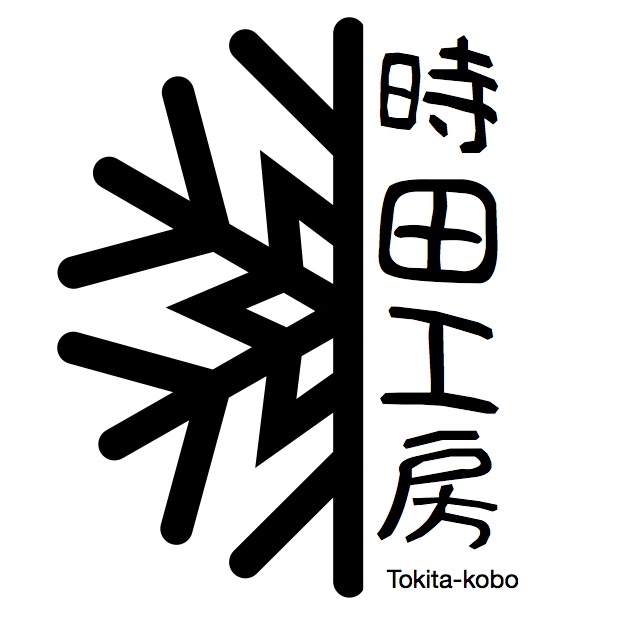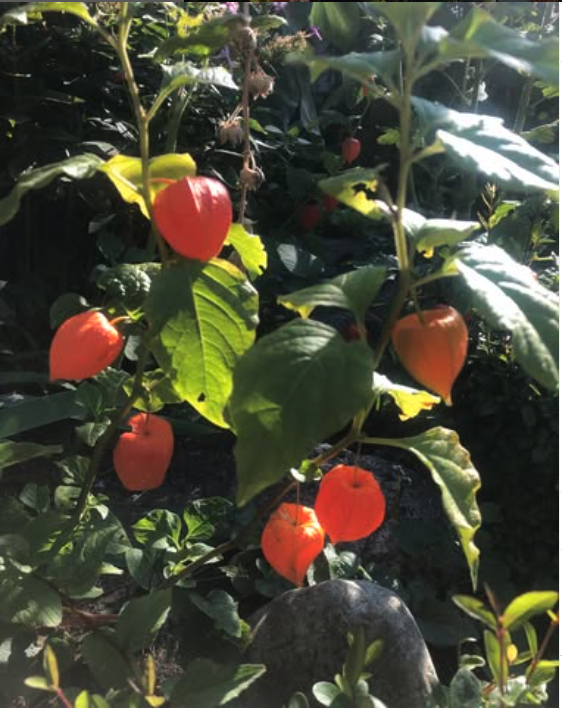
Today, when I was walking on the street, I found the nostalgic plant.
The Japanese lantern plant (紫湊草, Hōzuki) is a vibrant and culturally significant plant often associated with Obon, a traditional Japanese festival honoring ancestors. Known for its bright orange, lantern-shaped husks, the plant holds a special place in Japanese traditions.
Symbolism of the Lantern Plant During Obon, the lantern plant symbolizes guiding lights for ancestral spirits as they return to the living world. The unique shape of its husk resembles a lantern, representing the light that leads loved ones back to their families during this sacred time.
Traditional Uses in Obon
- Offerings: Hōzuki is commonly used as a decorative offering at altars and gravesites during Obon. Its vivid color and symbolic meaning make it a beautiful and meaningful tribute.
- Festivals: The plant is prominently featured in Obon-related events and markets, such as the Hōzuki-Ichi (Lantern Plant Market) held in Asakusa, Tokyo.
- Ornaments: Beyond its use in rituals, the lantern plant is often dried and used as a decorative element in homes, symbolizing the enduring connection to one’s ancestors.
Cultural Significance The Japanese lantern plant is a reminder of the importance of honoring and remembering those who came before us. It reflects the deep spiritual connection and respect for family that lies at the heart of Obon.
Celebrate the Spirit of Obon Whether you’re attending a festival or creating your own altar at home, incorporating Hōzuki into your Obon traditions is a beautiful way to connect with Japanese culture and pay homage to your ancestors.
Discover more about Japanese traditions and their meanings by exploring our blog and creations at Tokita Kobo!
#happiness #handmadeart #japaneseculture #kimono #handmade #tokitakobo #kimonocraft #japanese #handmadejewelry #crafts

